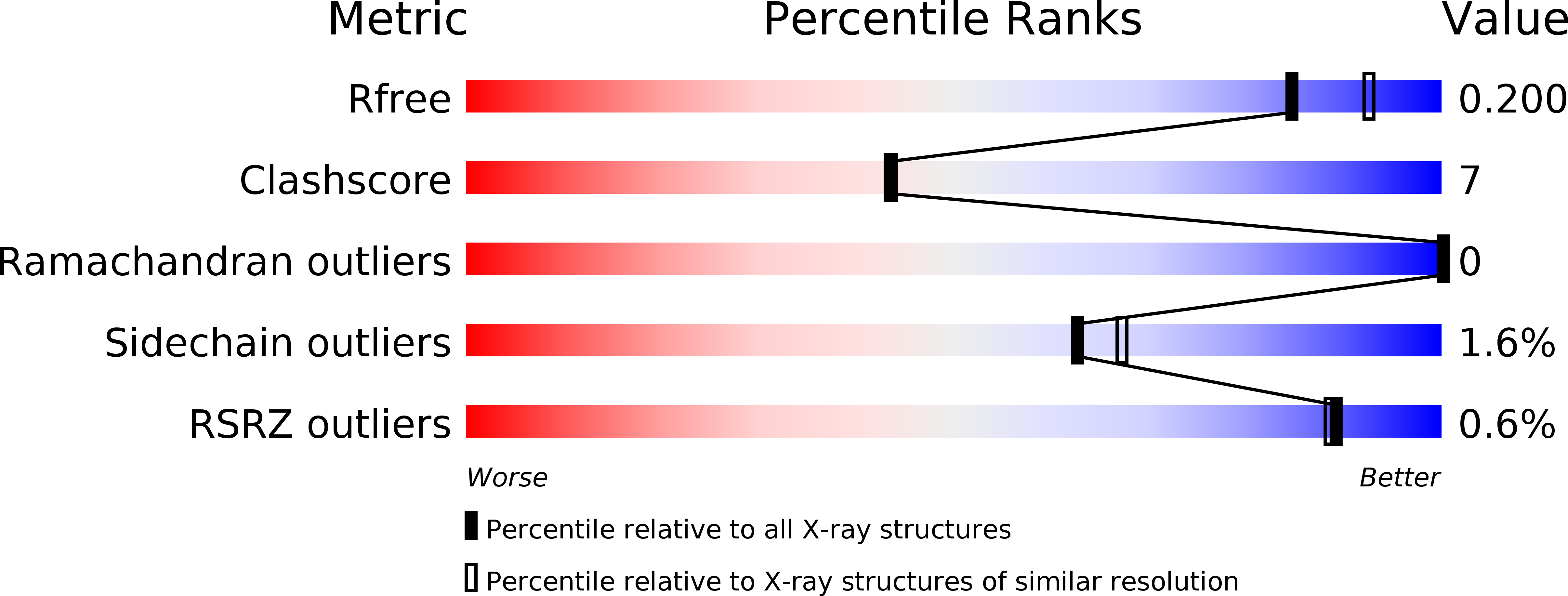
Deposition Date
2004-08-30
Release Date
2005-08-30
Last Version Date
2023-10-25
Entry Detail
PDB ID:
1WP4
Keywords:
Title:
Structure of TT368 protein from Thermus Thermophilus HB8
Biological Source:
Source Organism:
Thermus thermophilus (Taxon ID: 300852)
Host Organism:
Method Details:
Experimental Method:
Resolution:
2.00 Å
R-Value Free:
0.20
R-Value Work:
0.18
R-Value Observed:
0.18
Space Group:
P 21 21 21


